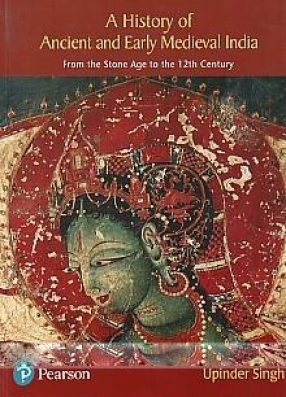
Upinder Singh

Showing all 13 books
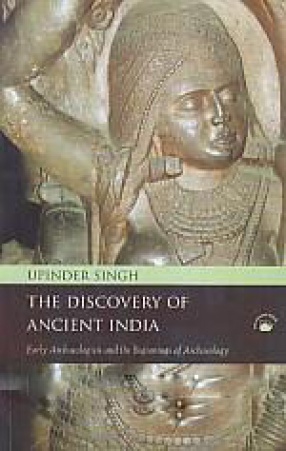
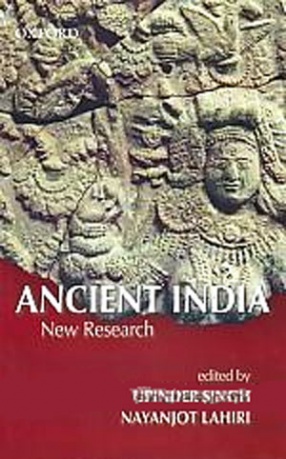
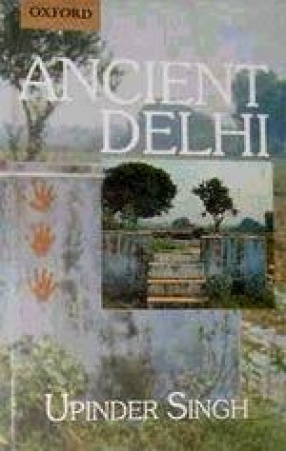
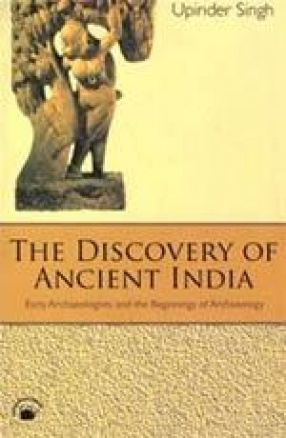
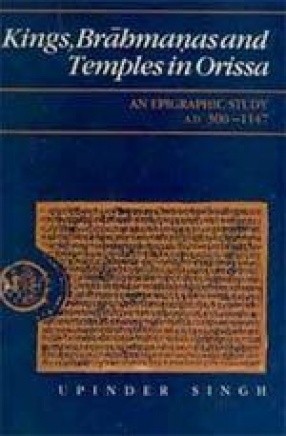
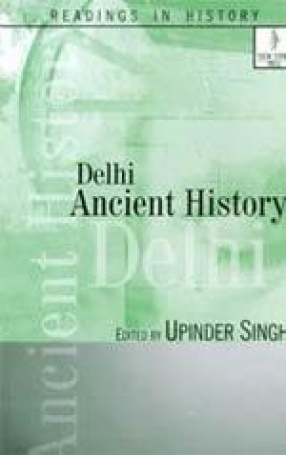

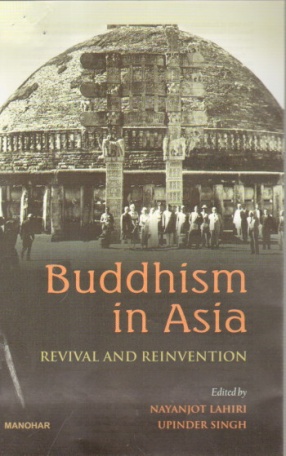
The Birth of Buddhism goes back to the sixth century BCE and, over the centuries, there has been considerable variety as well as considerable change in its doctrines, practices and propagation across the different parts of Asia. This volume showcases the expansion in the religion's contours and popularity in Asia in modern times.
Focusing on India, Sri Lanka and China, the essays in the book highlight the cross-fertilization between Buddhism and contemporary ...
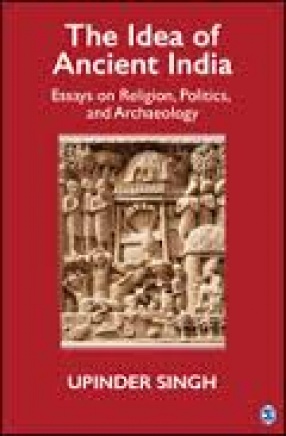
This book engages with some of the most important issues, debates, and methodologies in the writings of ancient Indian history. Thematically structured into four sections,it critically addresses how the material remains of India’s early past were discovered and understood in colonial and post-colonial times.
The first section highlights the importance of a thorough empirical approach for understanding the process of social history and early medieval state ...

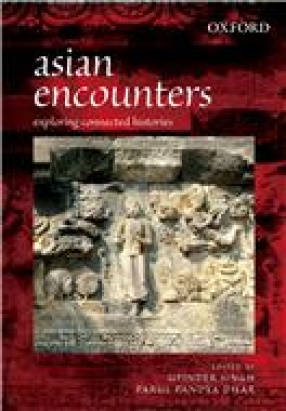
This book emphasizes the enormous historical importance of the varied cultural interactions across the Asian regions in the pre-modern and early modern periods. It discusses the long-standing engagement between India, Sri Lanka, China, Japan, and the Southeast and Central Asian regions, examining the historical contexts in which these interactions evolved and the avenues, agents, and manifestations of cultural transmission. It addresses issues ranging from war ...
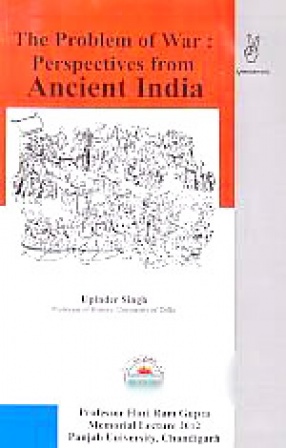

This volume brings together the research of young scholars on a variety of themes related to ancient and early medieval India. It showcases important trends in the reconstruction of India's early past.The essays can be broadly grouped into four parts. The first part contributes significantly to our understanding of archaeology and prehistory through an exploration of the development of archaeology in Bengal: material remains of the Delhi Ridge: and ...
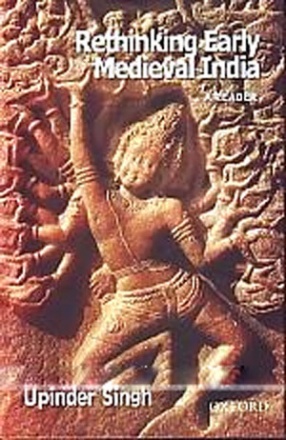
Covering the period, c. 600-1300 CE, this volume presents a comprehensive account of early medieval India. Divided into four parts, Part I highlights the major explanatory models including their perspectives on the political processes of the period. It contains the latest and most mature reflections with regard to feudalism, segmentary state, and the integrative /processual models. Part II focuses on social and economic processes like the varna, jati, agrarian ...

This book traces the history of Delhi from the stone age to the time of the Rajputs. Against a background of the history of India, it meticulously weaves together evidence from stone tools, ancient mounds, pottery, monuments, sculpture, references in literature and legend to reconstruct a comprehensive and lively historical narrative. Written in a style aimed at accuracy as well as clarity, the book will be of interest to historians, students of history, general ...

This book breaks colonial archaeology down into its specific constituents and examines the ideas, impulses, tensions, and individual contributions that comprised early studies of India's ancient past. It focuses, at the outset, on the ideas and work of Alexander Cunningham, who became the first Director General of the Archaeological Survey of India in 1871. It also examines the contributions of Cunningham's assistants, Beglar and Carlleyle. It then looks at a ...

Royal endowments to Brahmanas have been interpreted either as a factor of political integration or disintegration in Indian history. Through the first thorough presentation and analysis of the epigraphic data from Orissa, this study argues that the period AD 300-1147 was one of intensive state formation and political development in which royal grants played an important integrative role. During this period, Brahmanas, many of whom were ritual specialists ...

Not many people know that the busy and bustling capital city of Delhi and its surroundings have long past, going back thousands of years. Prehistoric stone tools have surfaced here and many ancient remains have been found, sometimes accidentally by farmers tilling their fields, and at other times by archaeologists carrying out systematic excavations. A mound one passes everyday or a narrow strip of stream tells a story of ancient times. Centuries of history ...

Developed as the most comprehensive book yet for students and general readers, A History of Ancient and Early Medieval India offers an exhaustive overview of the subject. Dividing this vast historical expanse into broad chronological units, it constructs profiles of the various geographical regions of the sub-continent, weaving together and analyzing an unparalleled range of literary and archaeological sources. Prehistory and protohistory are dealt ...
